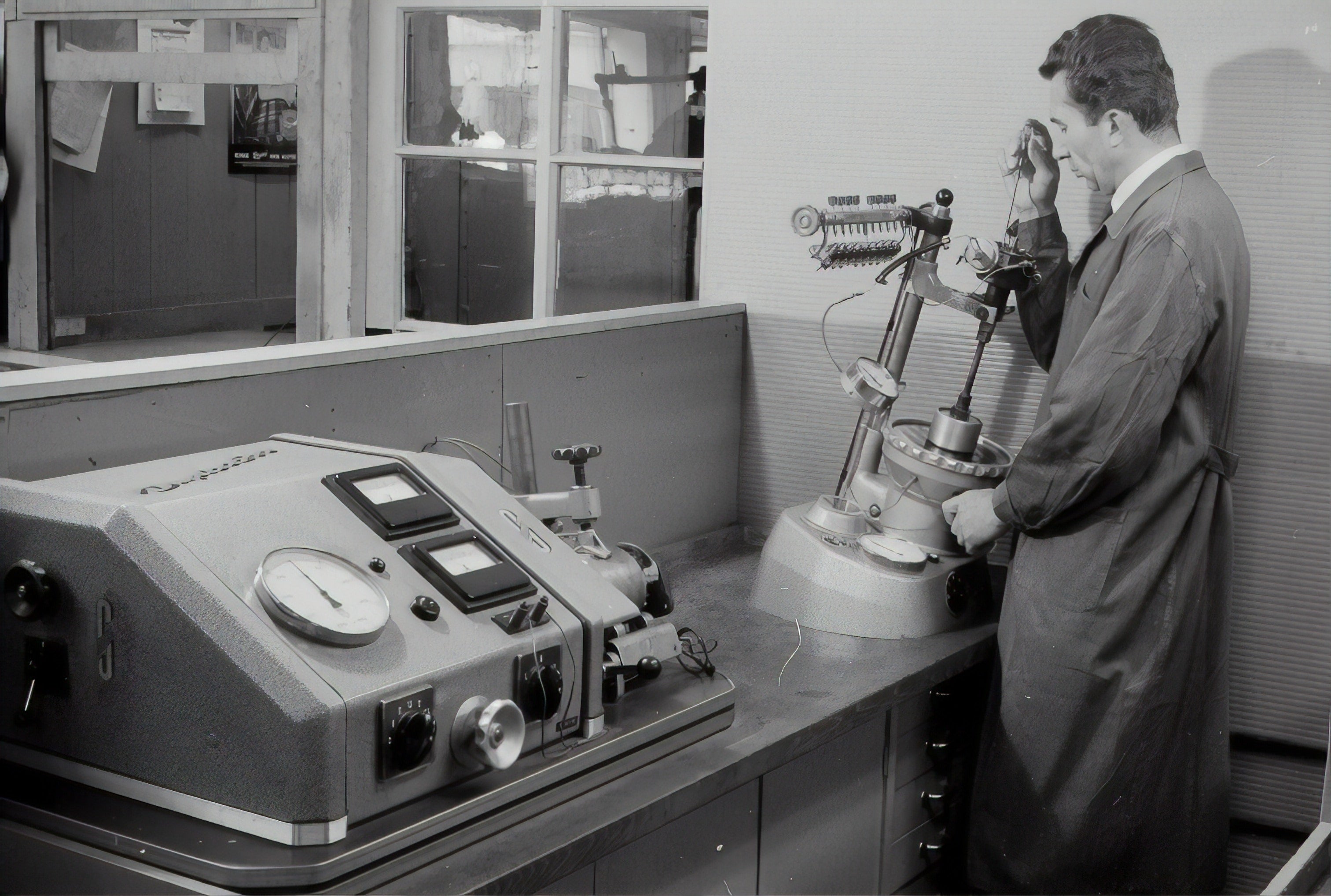How sex went highbrow.

Did intellectualizing sex make it more acceptable to discuss in public?
Once, sex was something that was discussed only behind closed doors, in hushed tones and total darkness. People were either left to figure it out on their own or delivered the basics in the (literal) birds and bees.
Pioneering anatomists in both the ancient world and the scientific revolution figured out a lot of the hows, but the whys — the psychology of desire, the spectrum of sexual identities — remained either off-limits or seen as unimportant. For a long time, anything related to sex was basically seen as a corrupting force, filth for perverts, and professing any kind of an intellectual interest in the subject just seemed like perversity hiding in plain sight.
The work of figures like Alfred Kinsey and Masters and Johnson did a lot to legitimize sexology and sex therapy in the eyes of the public from the 1950s or so — Kinsey appeared on the cover of Time in 1953 — but there was still a bit of a novelty to it all, mild scandal that scientists at universities were being paid to discuss… bedroom matters.
It took mass media to destigmatize public discussion of sex. The sexual revolution of the 1960s coincided — as these things often do — with technological advances in media and communication. Suddenly subjects were being discussed in print and on TV and radio that, just a generation earlier, would have been unthinkable. Avant-garde art and cinema, new schools of academia like feminist theory and queer theory, and countercultural boundary-pushing all helped highlight conversations about this most universal of subjects.
1969 saw the publication of the groundbreaking, snappily-titled Everything You Always Wanted to Know About Sex* (*But Were Afraid to Ask) by David Reuben, a book which sold in huge numbers, topping the New York Times bestseller list and prompting countless imitators. It put a lot of information (admittedly, some of it quite questionable in hindsight) into an easy-to-read question-and-answer format, making it incredibly accessible to mass audiences. Its sheer ubiquity — it reportedly sold 100 million copies — meant it couldn’t be seen as taboo: it was just everywhere.
1972’s The Joy Of Sex — much more graphic and less conducive to reading on the subway — soon followed, also selling in enormous amounts. It was abundantly clear that the public were not only interested in sex, but interested in better sex. High-profile figures like Dr Ruth Westheimer — whose radio show Sexually Speaking went from a fifteen-minute Sunday midnight slot in 1980 to national syndication and then to TV in a few years — did a lot to demystify the subject. If a tiny academic in her fifties with a deeply odd voice was comfortable talking about orgasms on television, surely individuals could comfortably discuss the subject in their homes.
Popular science books — as in, in-depth non-fiction texts aimed at a lay audience — became incredibly popular in the 1970s and 1980s, the same kind of time as explosions in both self-help titles and psychotherapy. Studies of sexuality straddled these three worlds, as people wanted to enhance their lives through better understanding of their own sexuality, and the increased visibility of each fed into the others. Rather than the desire for a better sex life being seen as seedy, as it once was, it was now seen as aspirational. By 1998, Readers’ Digest were publishing sex manuals, while the bestselling For Dummies series offered up Sex For Dummies which, inevitably, sold in the millions.
As the millennium approached, the internet made science and psychology all the more accessible to the masses, with mind-blowing amounts of information suddenly freely available to the public. And it turned out the public were pretty interested in sex.
By the 21st century it began to be taken as a given that people understood the basics or were able to find them out, and bestseller lists became filled with books going that bit further. In 2006, Esther Perel’s Mating In Captivity: Unlocking Erotic Intelligence became an instant bestseller, while Mary Roach’s 2008 TED talk on ‘10 things you didn’t know about orgasm’ (using things she learned researching her similarly bestselling book Bonk: The Curious Coupling of Science and Sex) remains one of the 25 most-viewed presentations they have ever done.
Sex isn’t seen as a pervy thing to be interested in anymore — you can barely turn on NPR without the author of a new study on sex explaining their findings while chuckling affably. The idea of such open, publicly available discussion and sharing of information about what is generally a private activity would have been, for most of human existence, unthinkable, and now it’s something millions of us just have on in the background while cooking.





